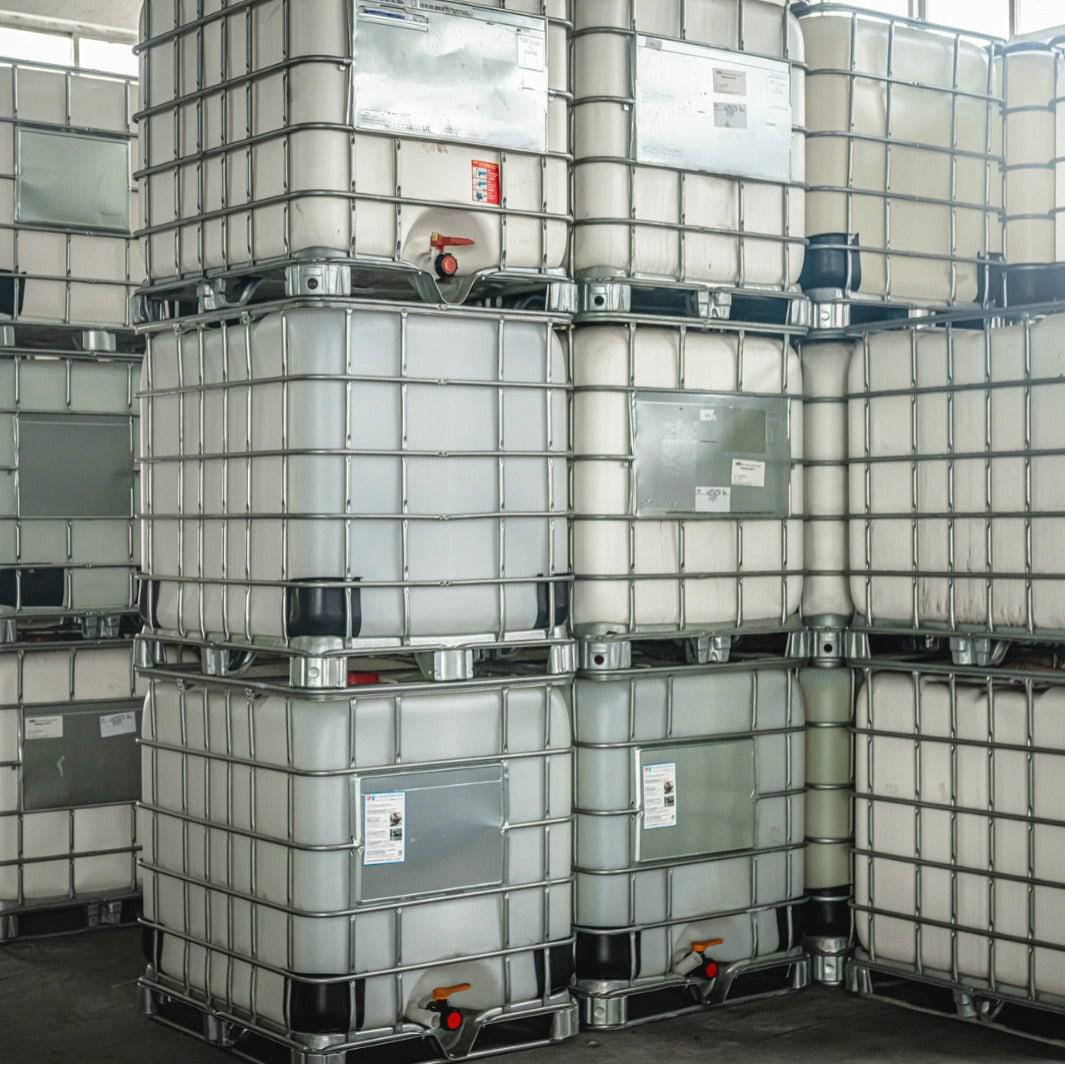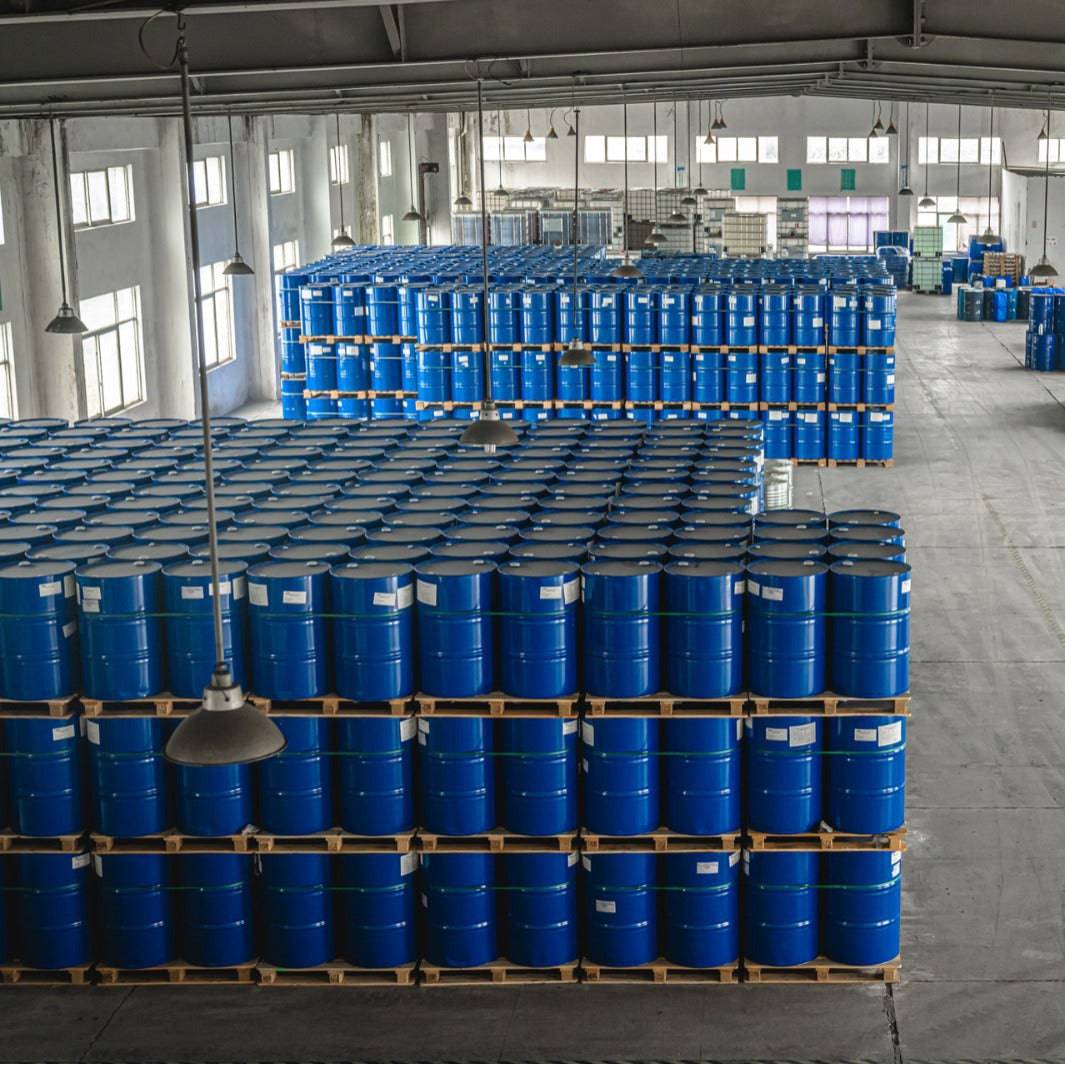Excitement About Chemie
Wiki Article
Get This Report on Chemie
Table of ContentsThe 10-Minute Rule for ChemieMore About ChemieThe Best Guide To ChemieHow Chemie can Save You Time, Stress, and Money.The 5-Second Trick For ChemieThe Chemie PDFs
By Bojanna Shantheyanda, Sreya Dutta, Kevin Coscia and David SchiemerDynalene, Inc. Fluid air conditioning, which can be attained utilizing indirect or direct means, is utilized in electronics applications having thermal power thickness that might exceed safe dissipation through air cooling. Indirect fluid cooling is where warmth dissipating electronic components are literally separated from the fluid coolant, whereas in situation of direct air conditioning, the elements are in straight contact with the coolant.In indirect cooling applications the electric conductivity can be essential if there are leakages and/or splilling of the fluids onto the electronics. In the indirect air conditioning applications where water based fluids with rust preventions are typically made use of, the electric conductivity of the fluid coolant primarily relies on the ion concentration in the liquid stream.
The rise in the ion concentration in a shut loophole liquid stream may occur because of ion leaching from steels and nonmetal components that the coolant fluid is in call with. During procedure, the electrical conductivity of the fluid may enhance to a degree which might be unsafe for the cooling system.
What Does Chemie Mean?
(https://www.easel.ly/browserEasel/14548613)They are grain like polymers that can exchanging ions with ions in a service that it touches with. In the here and now work, ion leaching examinations were carried out with various metals and polymers in both ultrapure deionized (DI) water, i.e. water which is dealt with to the highest degree of pureness, and reduced electrical conductive ethylene glycol/water combination, with the gauged modification in conductivity reported over time.
The examples were permitted to equilibrate at space temperature level for 2 days prior to taping the initial electric conductivity. In all tests reported in this research study liquid electrical conductivity was gauged to a precision of 1% utilizing an Oakton disadvantage 510/CON 6 series meter which was adjusted before each measurement.
The Only Guide for Chemie
from the wall surface heating coils to the center of the heating system. The PTFE example containers were placed in the heater when stable state temperature levels were reached. The examination arrangement was gotten rid of from the furnace every 168 hours (seven days), cooled down to area temperature level with the electric conductivity of the fluid measured.The electrical conductivity of the fluid example was monitored for a total of 5000 hours (208 days). Number 2. Schematic of the indirect closed loophole cooling down experiment set up - immersion cooling liquid. Table 1. Elements made use of in the indirect shut loophole cooling experiment that are in call with the fluid coolant. A schematic of the experimental configuration is shown in Number 2.

Getting The Chemie To Work
The modification in liquid electric conductivity was kept track of for 136 hours. The liquid from the system was accumulated and stored.
0.1 g of Dowex material was contributed to 100g of fluid examples that was taken in a different container. The blend was stirred and change in the electrical conductivity at room temperature was gauged every hour. The measured modification in the electric conductivity of the UP-H2O and EG-LC examination liquids containing polymer or metal when engaged for 5,000 hours at 80C is revealed Figure 3.
Chemie Can Be Fun For Everyone
Figure 3. Ion seeping experiment: Measured modification in electric conductivity of water and EG-LC coolants having either polymer or steel examples when immersed for 5,000 hours at 80C. The results suggest that metals added fewer ions right into the liquids than plastics in both UP-H2O and EG-LC based coolants. This can be due to a slim metal oxide layer which might work as an obstacle to ion leaching and cationic diffusion.Fluids having polypropylene and HDPE showed the least expensive electric conductivity adjustments. This could be due to the short, stiff, straight chains which are much less most likely to contribute ions than longer branched chains with weaker intermolecular pressures. Silicone additionally performed well in both test fluids, as polysiloxanes are usually chemically inert as a result of the high bond energy of the silicon-oxygen bond which would prevent degradation of the product right into the liquid.
Not known Facts About Chemie
It would certainly be expected that PVC would certainly generate comparable outcomes to those of PTFE and HDPE based on the comparable chemical frameworks of the products, nonetheless there may be various other impurities present in the PVC, such as plasticizers, that might affect the electric conductivity of the fluid - heat transfer fluid. Additionally, chloride teams in PVC can additionally leach right into the test liquid and can trigger a boost in electric conductivityPolyurethane completely disintegrated right link into the examination liquid by the end of 5000 hour test. Prior to and after pictures of metal and polymer samples immersed for 5,000 hours at 80C in the ion seeping experiment.
Measured modification in the electrical conductivity of UP-H2O coolant as a feature of time with and without resin cartridge in the closed indirect cooling loophole experiment. The measured adjustment in electric conductivity of the UP-H2O for 136 hours with and without ion exchange resin in the loop is received Figure 5.
Report this wiki page